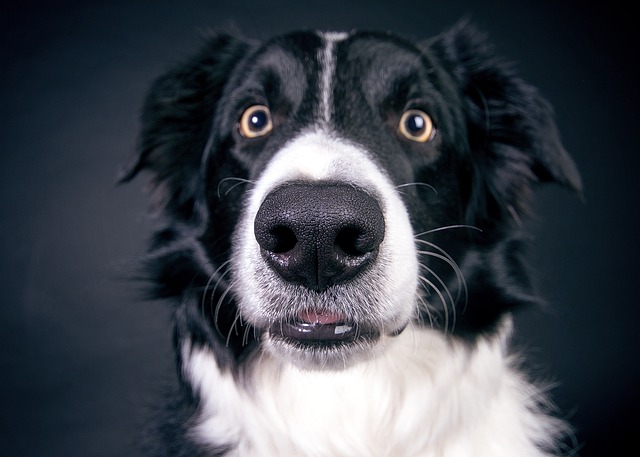
How to test for tetanus in dogs?
Tetanus in dogs often starts with subtle signs most owners miss—like a stiff jaw when grabbing a favorite chew toy or hesitation to climb stairs they once bounded up.
You're walking your Beagle through Central Park on an 80°F afternoon when his panting suddenly sounds harsh and uneven—tongue hanging like a wet towel, gums looking brighter than usual. This isn't just summer tiredness; it could be dangerous overheating. Dogs don't sweat like humans—they cool mainly through panting and paw pads—making them vulnerable when humidity climbs or temperatures spike. Spotting the early signs before full heatstroke hits is crucial for every owner, especially during those first scorching summers with your pup.
Overheating begins when your dog's internal temperature climbs past 103°F. Their body redirects blood flow toward the skin to cool down, starving organs of oxygen. Watch for critical warning signs: excessive drooling thicker than pancake syrup, brick-red gums (check under bright light), glassy eyes, or stumbling like they've lost balance. As it worsens, vomiting, diarrhea, or collapse can follow. Brachy breeds (Pugs, French Bulldogs), dark-coated dogs, and seniors overheat fastest. Never leave pets in vehicles—even 70°F outside can become lethal in 10 minutes, and states like Arizona allow bystanders to break windows for rescues.
If you spot trouble, act immediately but calmly. Move your dog to shade or AC—carry them if they’re weak. Start cooling with room-temperature (never icy!) water poured over their neck, chest, and paw pads. Ice causes blood vessels to constrict, trapping heat inside. Place damp towels under their armpits and groin where blood vessels surface. Offer tiny licks of water if alert. Never scold disoriented behavior—pain and panic may cause snapping. Rush to the nearest vet while calling ahead; survival depends on speed. En route, monitor gum color—if they turn pale or purple, every minute counts.

Prevention beats emergencies. Walk at dawn or dusk—test pavement by pressing your palm down for 7 seconds. If it’s too hot for you, it burns paws. For apartment dogs without yards, freeze low-sodium broth into ice cubes or use cooling mats near AC vents. Always carry a collapsible bowl—dehydration accelerates overheating. At dog parks, watch for subtle distress like frantic digging (seeking cool earth) and give panting dogs space. An overheated dog may nip if crowded—yell "Give us air, please!" to alert others.
Community rules save lives. Keep dogs leashed to prevent squirrel-chasing overexertion—retractable leads offer false security. Scoop diarrhea immediately (common in heat stress); fines hit $300 in cities like Phoenix. Ensure rabies tags are visible—many emergency vets require proof before treatment. If you see a dog locked in a car, note the plate, call 911, and wait—direct confrontation risks legal issues.
Spotting early signs—like your Lab seeking bathroom tiles obsessively—means acting fast. When in doubt, call your vet. That shady spot and damp towel might just save your best friend’s life.

Tetanus in dogs often starts with subtle signs most owners miss—like a stiff jaw when grabbing a favorite chew toy or hesitation to climb stairs they once bounded up.

If you’re a new dog parent in the US—maybe you’re standing in your Ohio apartment’s pet store aisle, holding a bag labeled “senior dog food” while your 8-year-old Dachshund

If you’re a new dog parent to a senior pup in the US—maybe you’re standing in your Florida apartment’s pet food aisle

Pet owners often worry about hidden health risks for their dogs, and toxoplasmosis is one that flies under the radar for many—understanding how dogs pick it up is key to keeping them safe.

If you’re a new dog parent in the US—maybe you’re standing in your Chicago apartment, staring at your 7-month-old Poodle mix, Bella

Tetanus in dogs comes from bacteria entering open wounds—think a deep cut from a rusty fence nail during a walk, or a scraped paw from digging in contaminated soil.